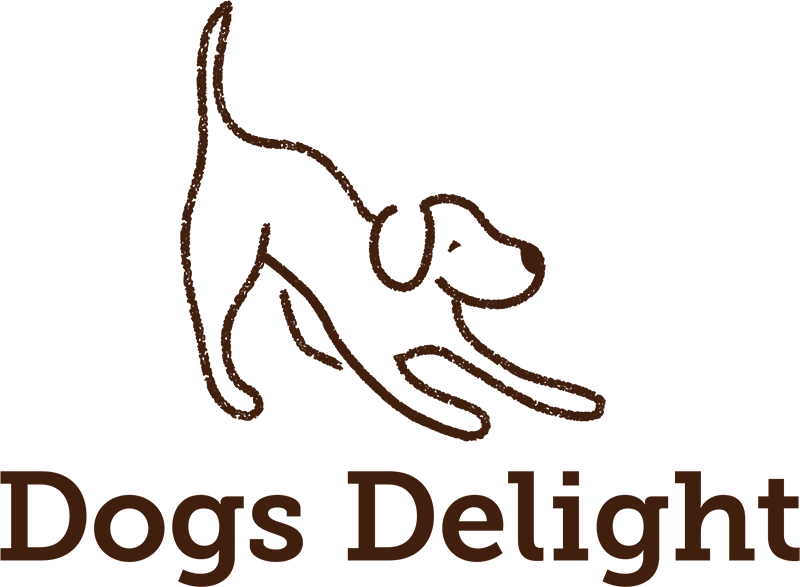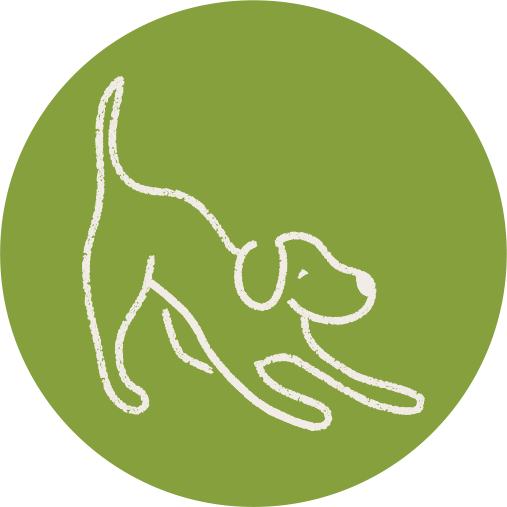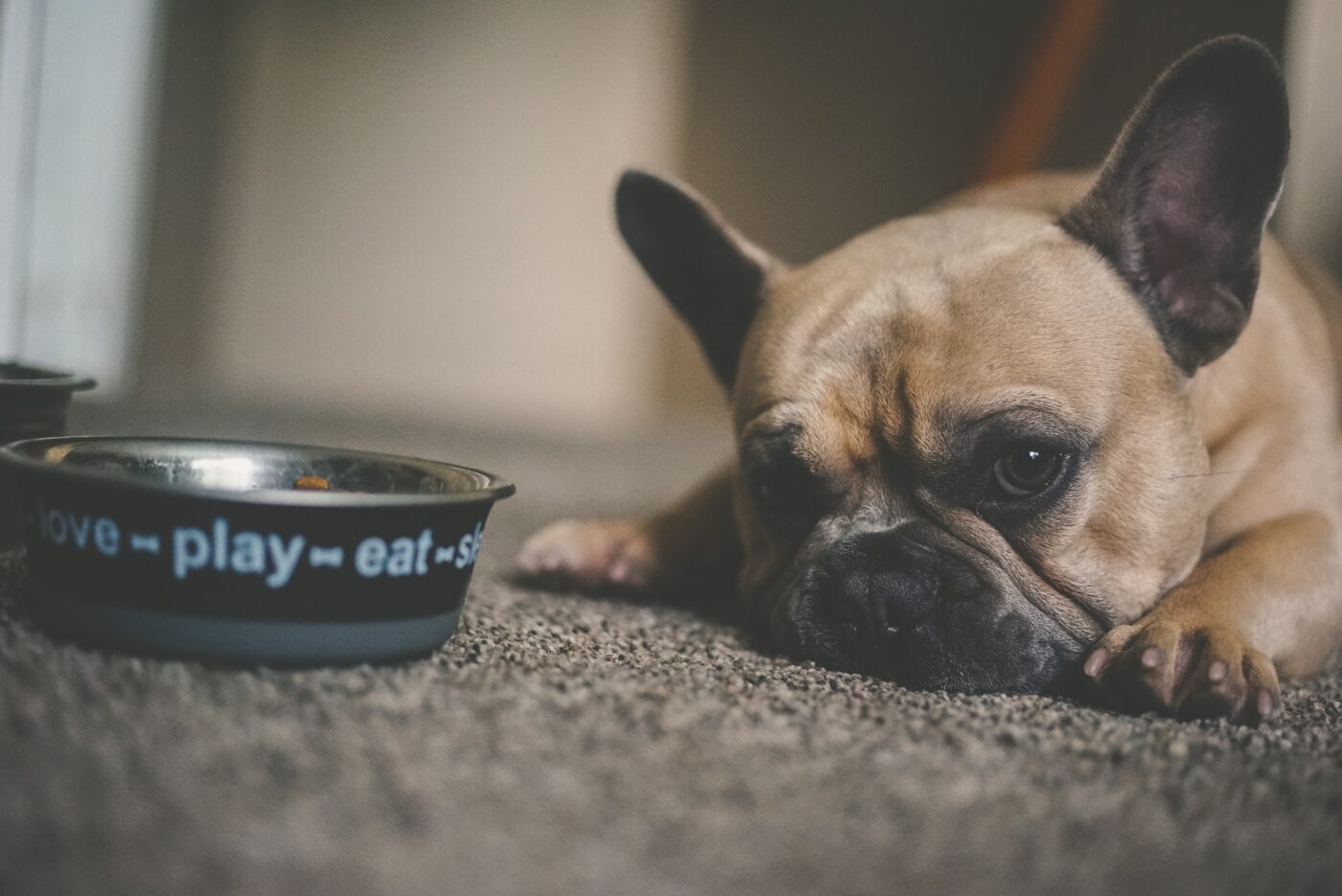Healthy
Learn More About Dangerous Foods For Dogs
Chocolate
The toxic ingredient in chocolate is theobromine which dogs cannot process. How dangerous chocolate is depends on the amount and type of chocolate. The darker the chocolate or the more bitter the taste, the more toxic it is to dogs. Gourmet dark chocolate and baking chocolate contain a highly concentrated amount of theobromine, milk chocolate is not as toxic as dark and white chocolate contains very little theobromine. This compound causes symptoms which range from a stomach upset (vomiting and diarrhoea), excessive thirst and urination to tremors, rapid breathing and dangerously increased heart rates. It can be difficult to know how much chocolate your dog has eaten but a useful guide can be to look at the starting weight of the chocolate they have consumed:
- Small, wrapped singe chocolate = 5g (a whole tub = 300g)
- Single chocolate bar = 40g
- Family chocolate bar = 100g – 200g
- Sharing bag = 100g
- Advent calendar = 100g
- Chocolate cake = 40g
Chocolate toxicity calculators can be found on the internet. You’ll be asked to enter your dogs’ weight (or breed size), along with the amount and type of chocolate they ate and this will tell you how much theobromine they have eaten. The level which is harmful is around 20mg per kg of body weight but it is always worth contacting your Vet for advice. Usual treatment involves making the dog sick and then giving the dog charcoal to absorb any theobromine still present in the gut.
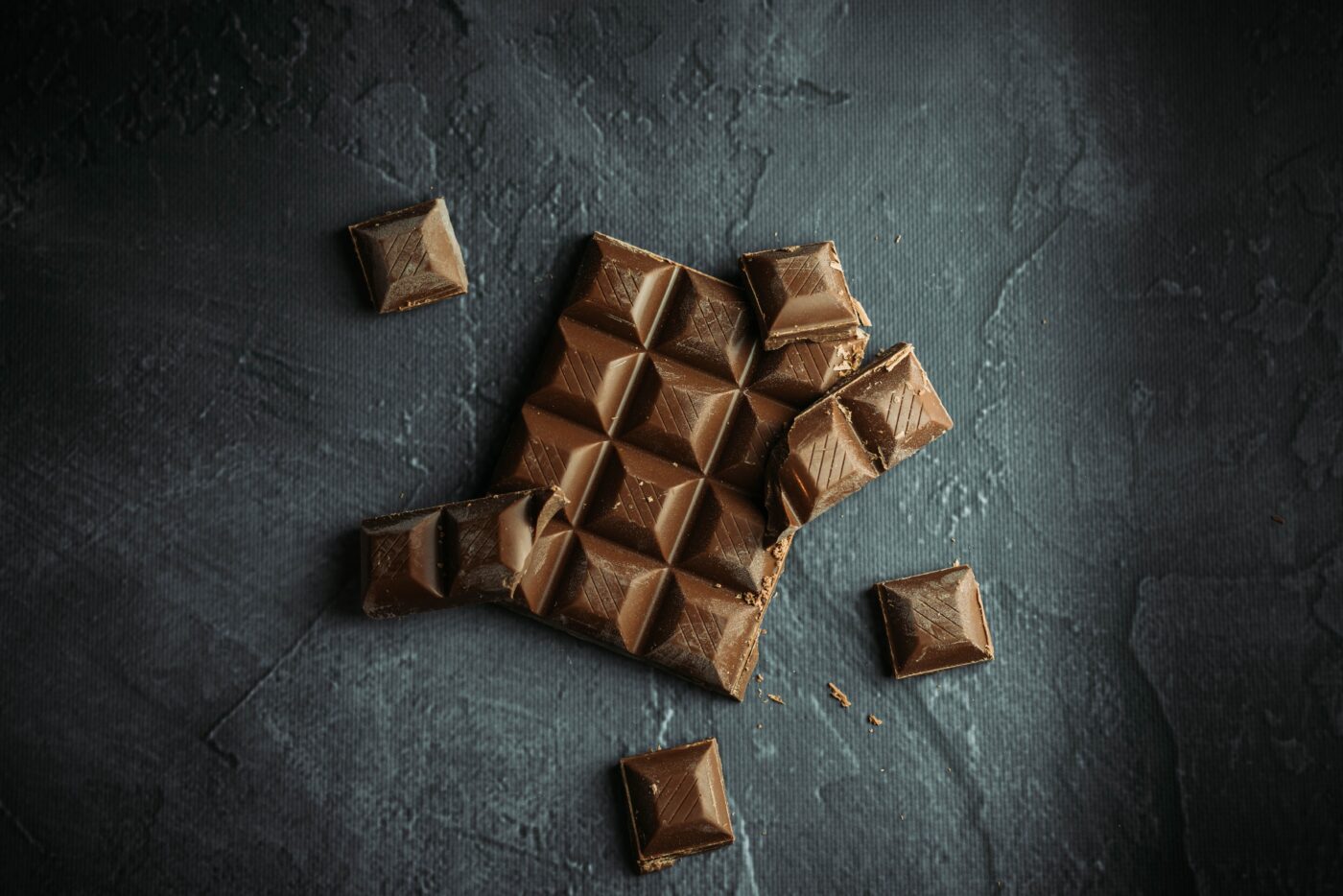
Hidden nasties
Xylitol is a sweetener commonly used in human foods but it is very harmful to dogs and can be hidden in foods such as of peanut butter (the sugar-free varieties) as well as some sugar-free sweets, sugar-free chewing gum, and toothpastes Once eaten it causes the blood sugar level to drop to dangerously low levels, central nervous system impairment or severe liver failure. Always check labels of sugar-free foods and keep them out of reach of dogs.
Treats to avoid
- Raw Hide
These treats are made from the inner layer of hide from the cow or horse which has been cleaned and stripped of hair. It is the removal of the hair which is one of the problems with this from of treat because it involves the hide being soaked in toxic chemicals such as sodium sulfide. After this, it is whitened with hydrogen peroxide and then dried and pressed into shapes such as bones. Flavourings or coatings may also be added. As it is not classified as a human or pet food it has no regulation over its production. Aside from the harmful chemicals rawhides, when large chunks are broken off and swallowed there is a risk of obstruction because they are not broken down by normal digestion.
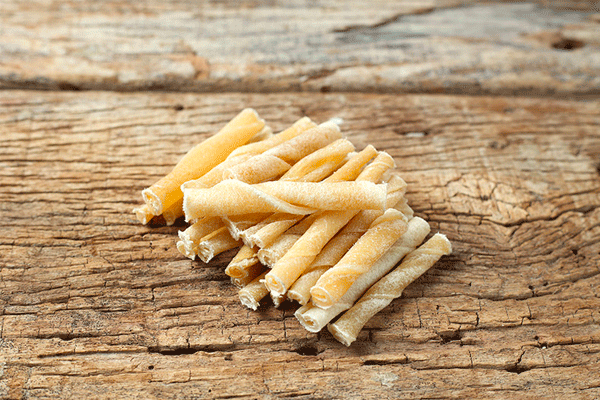
- Cooked bones
Bones should not be given to dogs once they have been cooked as bone fragments can splinter off into sharp points, damaging and even perforating the gut once swallowed. Pets can choke when swallowing
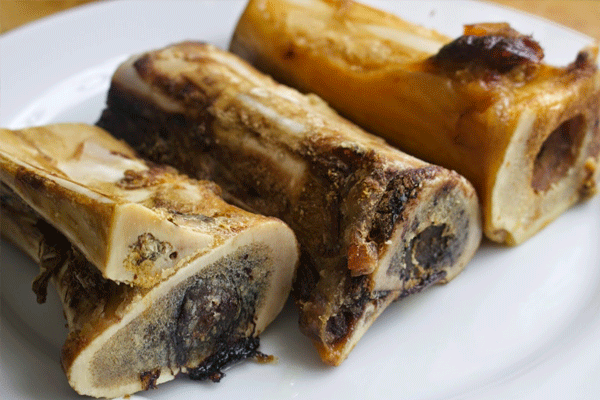
- Macademia nuts
This type of nut is particularly toxic to dogs causing tremors, uncoordinated movement and progressive paralysis.

